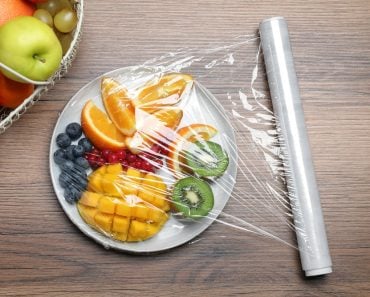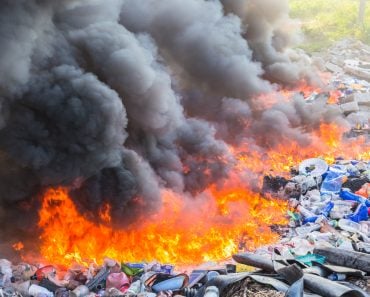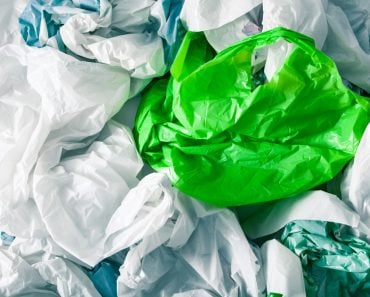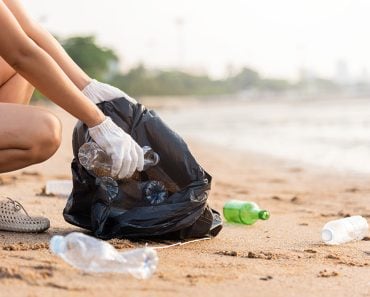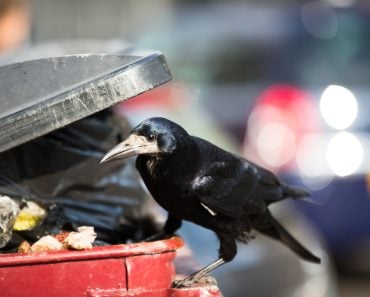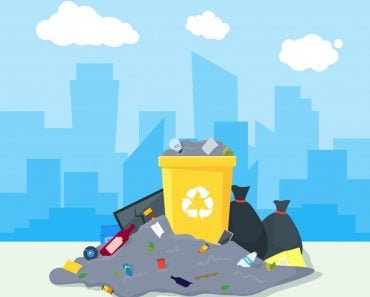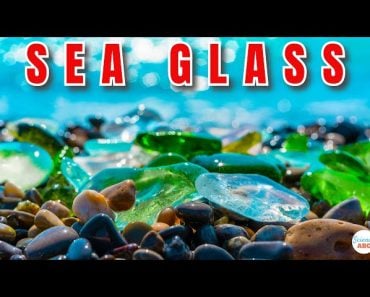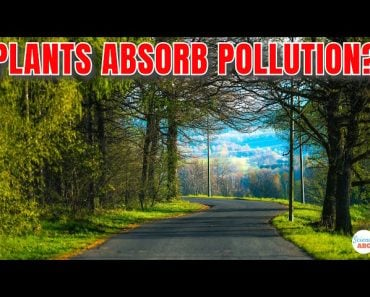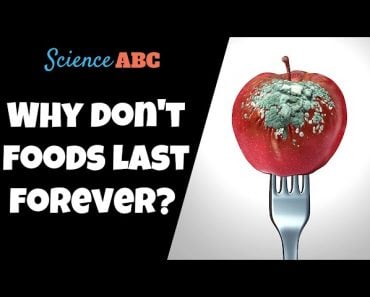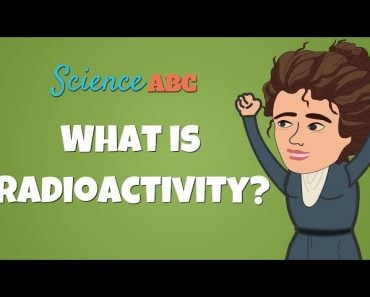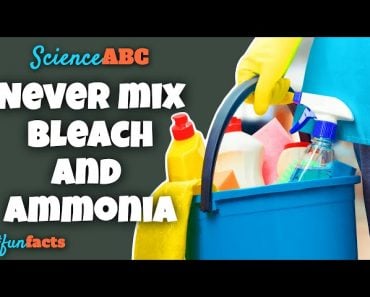Table of Contents (click to expand)
Leaching is when the chemicals from plastic leak out into the surrounding environment. People come in close contact with these chemicals through disposable plates or cups, food packaging and carton liners.
Try to imagine a life without plastic. It’s pretty hard, isn’t it? Take a look around you and see just how much plastic exists in our lives. Our food, water, Amazon parcels, toys, clothes, sports equipment, and electronic components are all made with plastic or packed in plastic. Much of the personal protective equipment, like masks and face shields, we now have to use in our daily lives is also sadly made of plastic.
In school you have learnt that plastic, no matter how useful, is bad for the environment and global health. We learn every day to use it sparingly and focus on innovative ways to recycle it, but why is plastic so bad and why does it cause so much harm?
Recommended Video for you:
What Is Plastic?
Plastics are partially or entirely manmade polymers that are lightweight, durable and strong. They can be molded into various shapes, depending on their function. There are many kinds of plastic made from a variety of chemicals. Plastic packaging alone can contain around 4000 different chemicals.
How Are They Made?
Plastics are made using organic monomers and polymers as raw materials. Organic hydrocarbons like cellulose, coal, and crude oil are heavily processed using catalysts. Depending on the materials used, we can have many plastic types, each with its own unique properties. To further improve their quality or appearance, other additives like plasticizers, antioxidants, heat stabilizers and pigments are added.
Sometimes the production process generates many unwanted impurities, or reaction byproducts can sneak their way into the final product in trace amounts. Those are called non-intentionally added substances (NIAS).
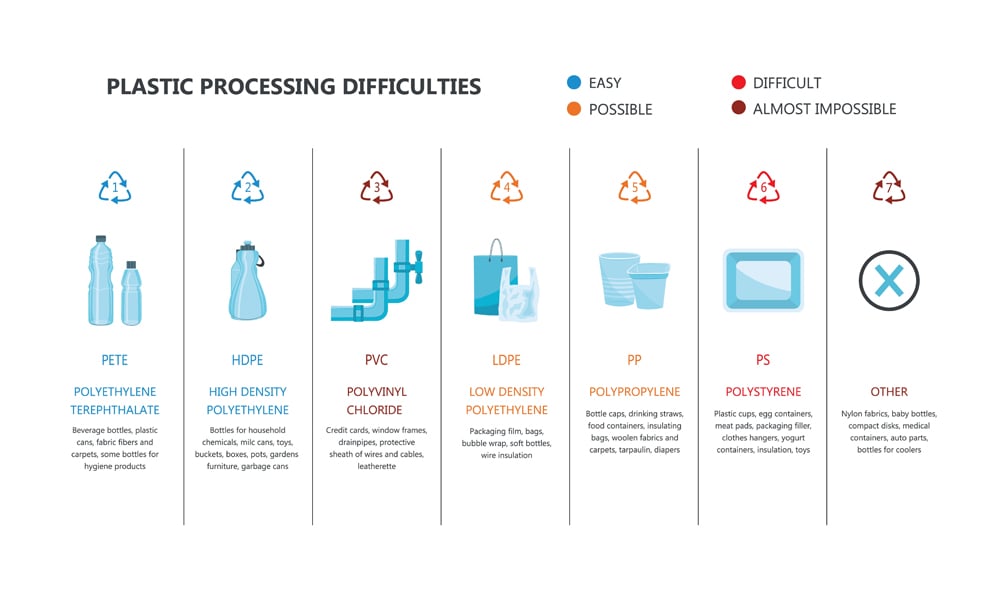
The chemicals that go into plastic manufacturing makes them harmful. Unfortunately, the same chemicals that make plastics so durable and useful are also what endangers life further down the line. This is where plastic leaching comes into the picture.
What Is Plastic Leaching?
Leaching is when the chemicals from the plastic leak out into the surrounding environment. This includes the food and beverage or item inside the plastic packaging or the surrounding external soil or water. People come in close contact with these chemicals through disposable plates or cups, food packaging and carton liners.
These plastic chemicals are not firmly bound to their polymer cores, which is why these chemicals break off and escape into the environment over time. Factors such heat can increase this type of leaching. For example, if you heat your food in plastic containers in the microwave, the more chemicals leach and the faster it happens.
Plastic litter allows these chemicals to leach into the environment. The chemicals on plastic cups or food wrappers you sometimes see lying on the ground leach into the surrounding ground or water. As more plastic waste is dumped into the environment, it builds up over time, wreaking havoc on organic life.
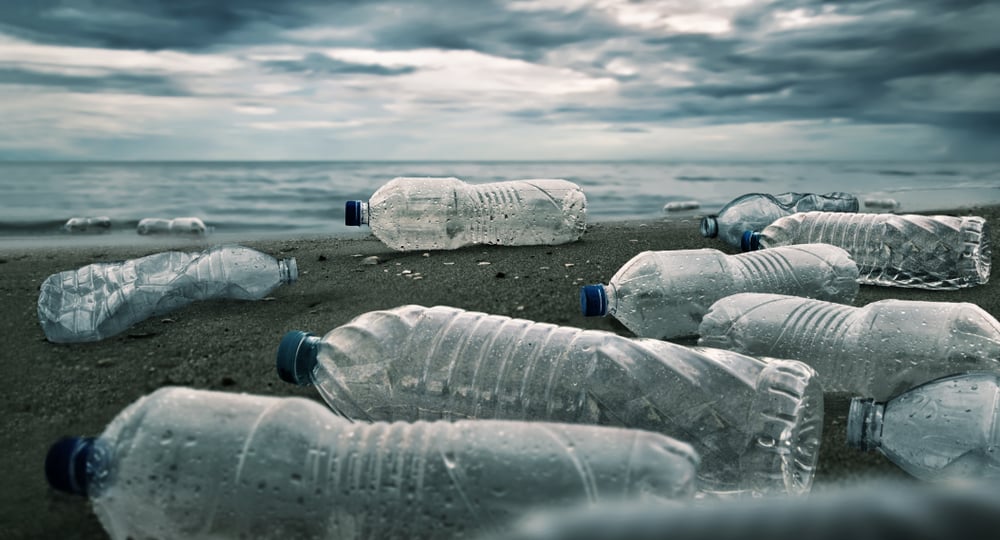
Another cause for concern are microplastics. These are minuscule plastic pieces less than half a cm in size that break off plastic products. These tiny plastic pieces also carry leachable chemicals on them. Some of these microplastics can be as wide as a hair strand.
One study suggests that around 90% of our bottled water could be contaminated with microplastics. The researchers took 259 water bottles from eleven different brands across nine countries and found that 93% of them were contaminated with microplastics. This is because, with time, microplastics from the plastic bottle go into the water, which we end up drinking. Such water is harmful to drink. Keeping water bottles in the sun speeds up this plastic leaching process as well.
Why Is Plastic Leaching Harmful?
These tiny plastic pieces do great harm, given their size. Some leachable chemicals used in plastic include bisphenol A (BPA), polybrominated diphenyl ethers (PBDE) and phthalates. These chemicals are termed endocrine-disrupting compounds (EDCs). Once they enter our body, they mess with our hormonal systems.
Bisphenol A is a common additive in food and beverage cans. It leaches out into the food we eat and enters our bodies as a result. Acids speed up bisphenol A leaching. Studies have found that tomato sauce cans had higher bisphenol A in the sauce because the sauce’s acidic nature would break the bonds between bisphenol A and the can.
Bisphenol A and other such chemicals compete with cellular receptors inside our bodies that work with hormone molecules. This irregular molecular interaction affects our cell signaling processes and gene expression. These hormonal imbalances can lead to diabetes, obesity and even early puberty.
With time and so much plastic exposure, these microplastics and chemicals build up in our bodies, a term called bioaccumulation.
Another example is brominated flame retardants (BFRs). These are fire-resistant chemicals coated on healthcare products to improve their safety. BFRs have leached into the food chain and have bioaccumulated in people’s bodies. Consequently, women were found to have BFRs in their breast milk; this rate is the highest in American women. BFRs, once inside our bodies, also mess with our hormonal cycles.
Environmental Effects
Sadly, because plastics are cheap and easy to make, much of it goes to waste. Millions of tons of plastic have been produced to date and much of it has been burnt, dumped in landfills or dropped in the sea. This leads to air, land and water pollution.
When burnt, the toxic chemicals are released into the air, lowering its quality. Plastics dumped on land have their chemicals leach out into the soil or underground water bodies. This pollutes the land and plants absorb these chemicals and microplastics. Chemical-filled plants are munched on by herbivores, which in turn are snacked on by carnivores. That’s how microplastics slowly penetrate all levels in the food chain.
One of the worst environmental hazards is the plastic floating about in the sea. These microplastics and chemicals are taken up by marine organisms, such as fish.
Phthalates, a harmful chemical mentioned previously, is found in many plastics. However, they are not only in plastics; they are even in perfumes and fertilizers. Unfortunately, due to their vast presence, phthalates are making their way into aquatic environments as well. Phthalates bioaccumulate in marine life and contaminate our drinking water.
Nearly half of the world’s population (4.3 billion) consume fish. They may be incredibly delicious, but these sea animals are filling up with toxic chemicals and microplastics. Phthalates and other plastic-associated chemicals bioaccumulate in fish, making them unhealthy to eat. Many diseases are linked to such chemicals. For example, excessive exposure to phthalates can cause male infertility.
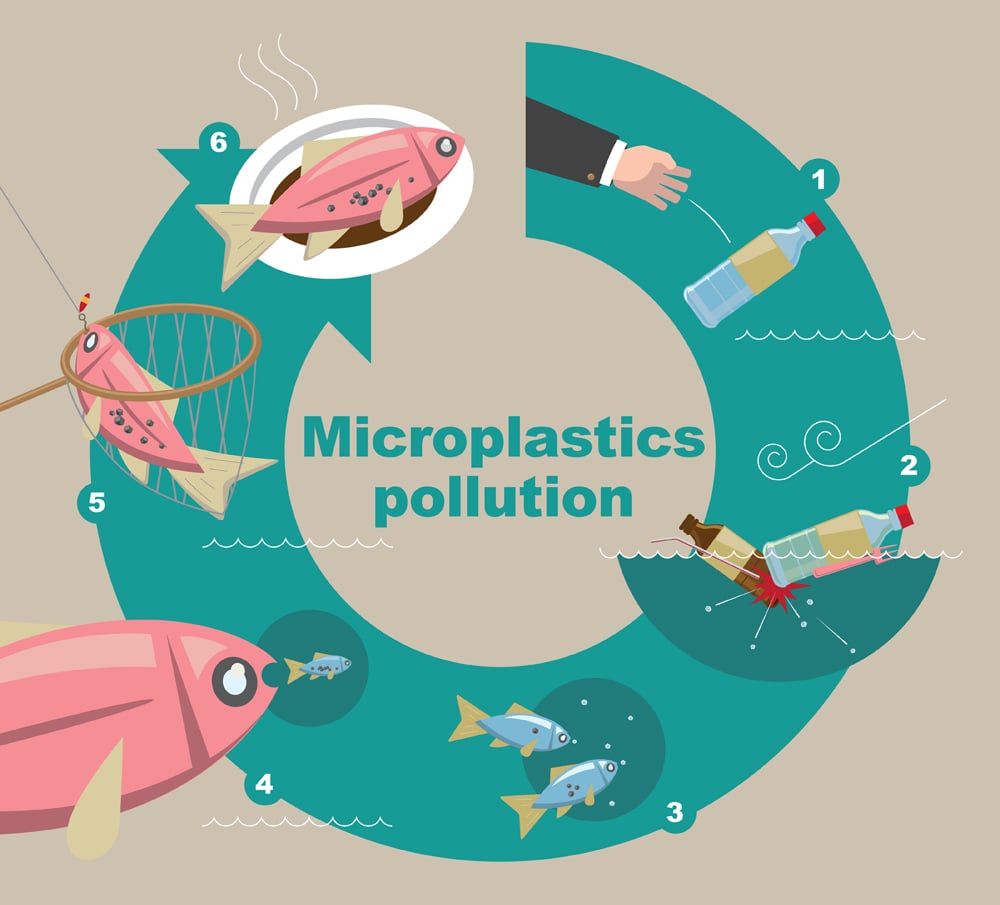
Microplastics are also scary because they can harbor disease-causing germs. Thanks to washing machines, the tedious days of washing our clothes by hand have disappeared, but the wastewater contains microplastics that come from our clothes. This plastic debris can harbor disease-causing bacteria like E.coli.
Conclusion
It’s too late to go back and fix the damage caused by plastic and its leached chemicals. However, we can fight its spread and reduce our exposure. A successful green initiative is using bioplastics. Bioplastics are made from biodegradable and renewable organic sources, such as food waste, cellulose, starch, etc. They aren’t as strong as our conventional plastics, but they are very environmentally friendly.
The best thing to do is avoid plastics wherever possible. Watch out for fragrances that use phthalates. They will have the word ‘parfum’ mentioned if they do. Switch to glass or steel utensils instead of plastic. Carry reusable cloth bags next time you go shopping. Make a note to not heat the food inside plastic containers in the microwave. Water filters that have activated carbon are good at removing phthalates.
One excellent strategy to fight plastic’s ever-growing presence is using plastic-degrading bacteria. These microscopic helpers can break down plastic and plastic debris, removing them from the environment. However, research is focusing on improving their plastic degradation rate, as we sadly have a lot of plastic to clear off this planet!
Overall when it comes to plastic, remember the three Rs you likely learned about at school – Reduce, Reuse and Recycle!
References (click to expand)
- Talsness, C. E., Andrade, A. J. M., Kuriyama, S. N., Taylor, J. A., & vom Saal, F. S. (2009, July 27). Components of plastic: experimental studies in animals and relevance for human health. Philosophical Transactions of the Royal Society B: Biological Sciences. The Royal Society.
- Kumar, P. (2018, January 23). Role of Plastics on Human Health. The Indian Journal of Pediatrics. Springer Science and Business Media LLC.
- Revel, M., Châtel, A., & Mouneyrac, C. (2018, February). Micro(nano)plastics: A threat to human health?. Current Opinion in Environmental Science & Health. Elsevier BV.
- Wright, S. L., & Kelly, F. J. (2017, June 7). Plastic and Human Health: A Micro Issue?. Environmental Science & Technology. American Chemical Society (ACS).
- Vethaak, A. D., & Leslie, H. A. (2016, June 22). Plastic Debris Is a Human Health Issue. Environmental Science & Technology. American Chemical Society (ACS).
- Is plastic a threat to your health? - Harvard Health. Harvard University
- Zimmermann, L., Bartosova, Z., Braun, K., Oehlmann, J., Völker, C., & Wagner, M. (2021, August 17). Plastic Products Leach Chemicals That Induce In Vitro Toxicity under Realistic Use Conditions. Environmental Science & Technology. American Chemical Society (ACS).


